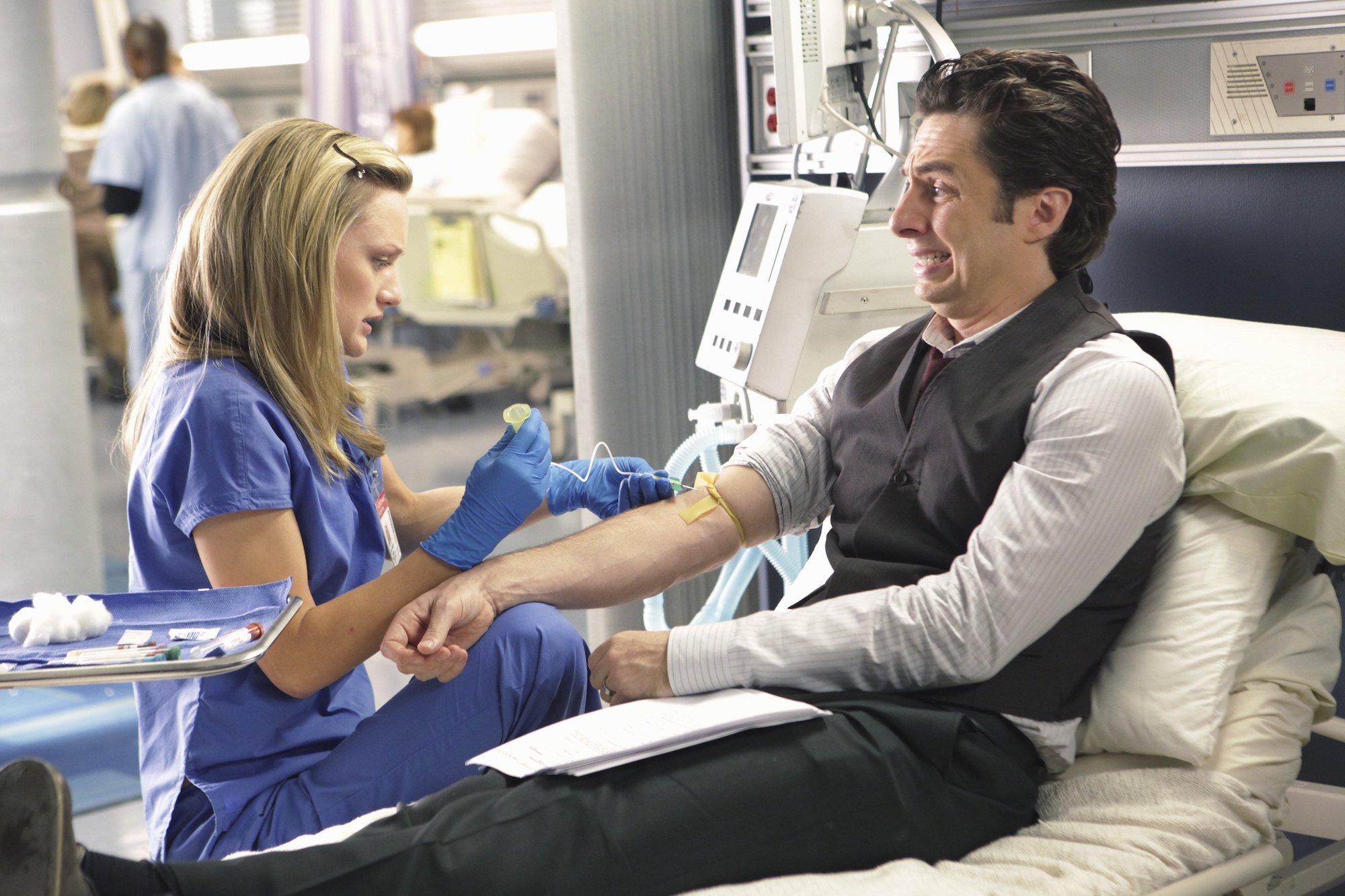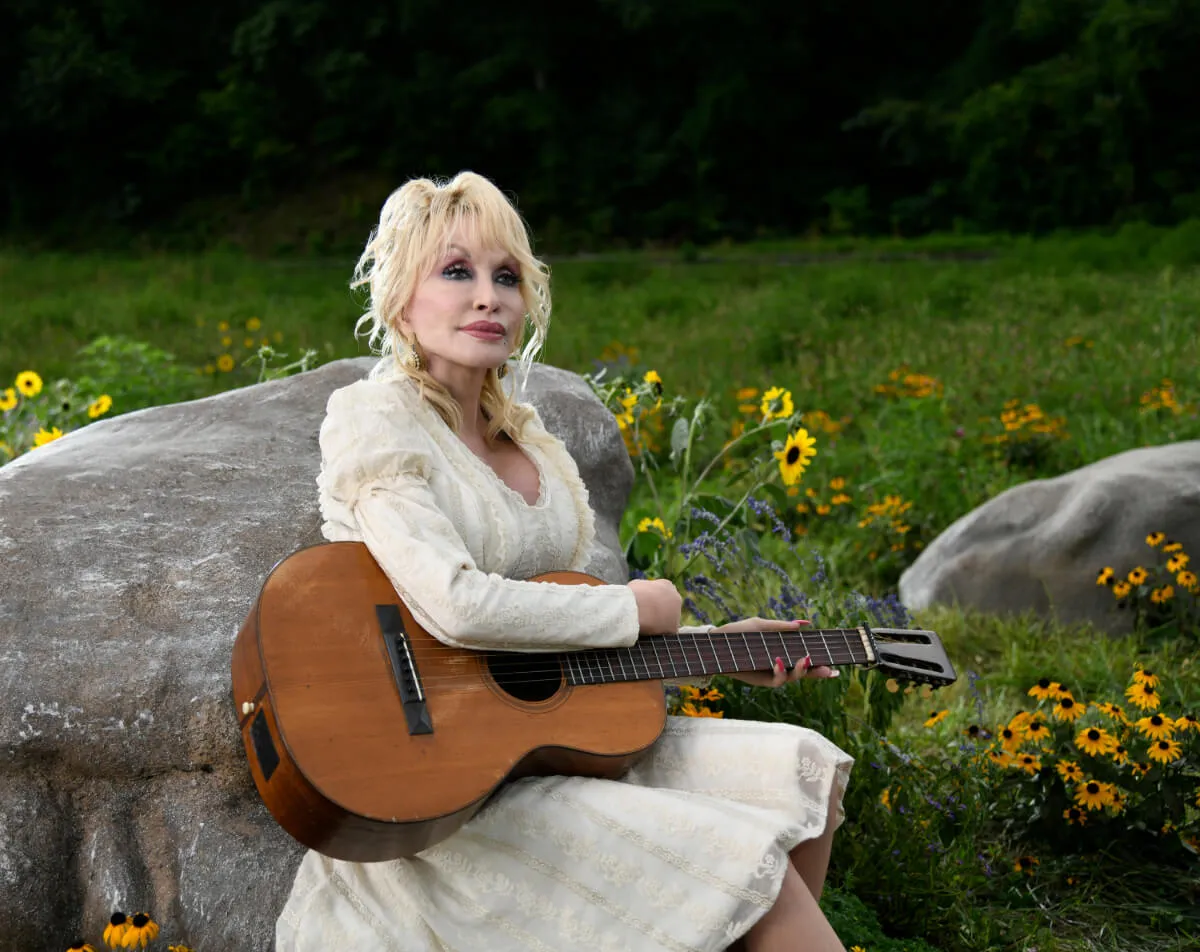Was ‘Scrubs’ Filmed at a Real Hospital?
Medical shows are a dime a dozen on TV these days. Among all the fast-paced dramas, one show stands out: Scrubs.
The TV show ran for nine seasons, from 2001 to 2010, and gained a massive cult following along the way. Scrubs pioneered the medical dramedy genre. Following the lives of young medical interns, it’s equal parts hilarious, goofy, emotional, and heartfelt.
While the show is definitely entertaining to watch, you might be surprised to find out just how realistic Scrubs is, from its setting to the characters and the medical storylines.
‘Scrubs’ was filmed at a hospital in North Hollywood

Scrubs is set at the fictional Sacred Heart Hospital, an inner-city teaching hospital somewhere in California. If you think it looks realistic, that’s because the show filmed at a real hospital, North Hollywood Medical Center, which operated from 1952 to 1998.
The building required substantial renovations before Scrubs could begin filming. The crew knocked down walls to create open spaces like the main ward and admission areas, and they added mobile nurses stations to allow cameras to move more freely. However, during their renovations, the team was careful to preserve the hospital’s outdated, deteriorated appearance to make the show look more gritty.
The show made use of the entire hospital. A majority of the showrunners used the hospital as office space, including the directors, writers, producers, and casting team. There were even an editing suite and sound-studio there for post-production. And while most actors take breaks in glamorous trailers, Scrubs‘ cast were each given hospital rooms instead.
Real people inspired some characters
Scrubs creator Bill Lawrence based J.D. (Zach Braff) on his best friend from college, a future medical student named Jonathan Doris. Dr. Doris now works in Cardiology/Electrophysiology with Kaiser Permanente, and during the COVID-19 outbreak in March, according to EW, he worked at a COVID command center in Los Angeles.
Chris Turk (Donald Faison) was also inspired by a real plastic surgeon named Dr. Jon Turk. The doctors served as medical advisors for the show, making sure the scripts were medically and scientifically correct.
In a 2004 interview with NPR’s Fresh Air, Lawrence revealed that every medical storyline on the show came from real doctors. They never used the real name of patients, but writers would make sure the doctor’s names appeared in the episode.
Doctors say ‘Scrubs’ is one of the most accurate medical shows
It turns out the hospital setting isn’t the only thing that makes Scrubs realistic. Insider spoke to actual doctors, who unanimously said the show was the most authentic and relatable portrayal of hospitals and medical interns.
“Out of all the medical shows that have hit the air, I think Scrubs is the most accurate,” ophthalmologist Dr. Ross Kopelman told the outlet, “Though it’s a comedy, for the most part, it accurately depicts the life of a resident doctor. It shows what happens in a hospital on a day-to-day basis, not just what happens when there is an emergency.”
Dr. Cherilyn Cecchini, a pediatrician, echoed his view, commenting, “As a doctor, Scrubs is one of the few medical shows that I can watch and not cringe because something is wildly overdone or inaccurate. In fact, Scrubs is the most relatable series that I have watched from a medical perspective.”
Is ‘Scrubs’ still relevant today?
Though Scrubs has been off the air since 2010, the storylines are still just as relevant and relatable as ever. In an interview with BBC News, Faison and Braff, who now host a podcast called Fake Doctors Real Friends, spoke about how well the show has aged.
“With this whole pandemic going on, right now we should shine a light on all of the people in the medical profession,” Faison said. “So I definitely think Scrubs still holds up. For the simple fact that there are still people in the medical profession who’re going through the same things.”


